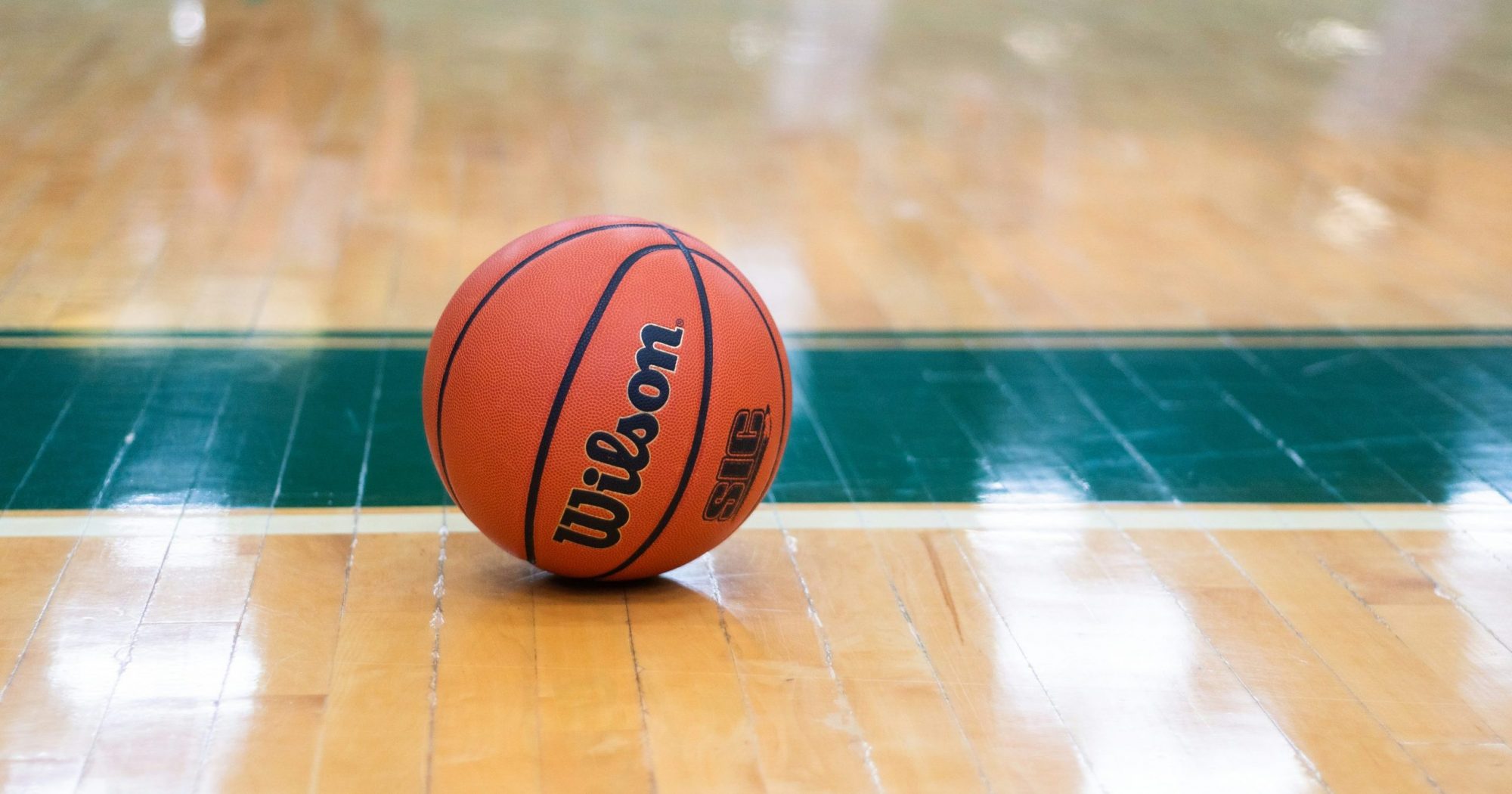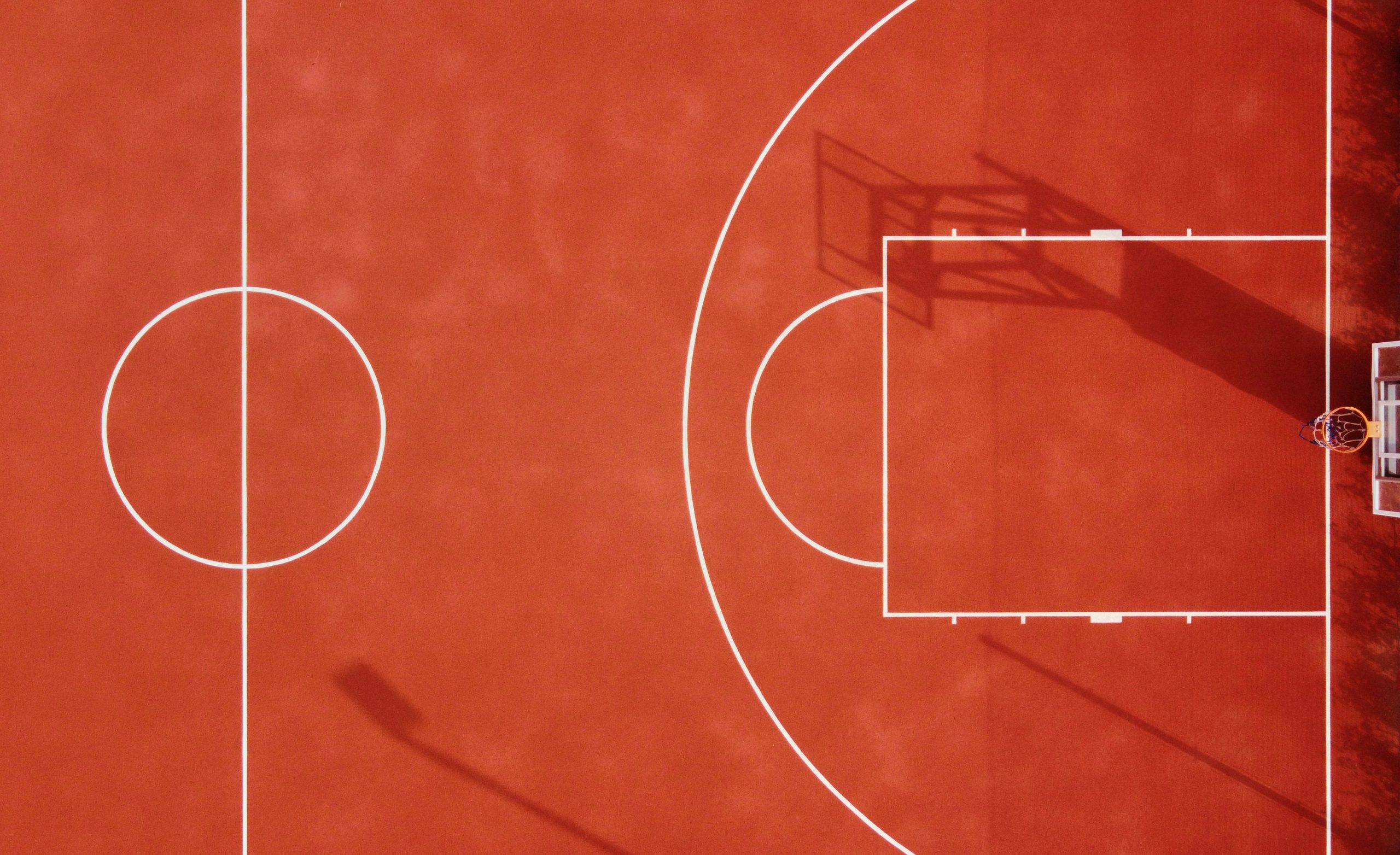Ever watched a basketball game and wondered how players always seem to know exactly where to be? That’s because there’s a strategy when it comes to positioning in basketball. Knowing where to stand, when to move, and what to do can make all the difference on the court. Let’s break down the different basketball positions, their roles, and why they’re so important.
How Many Players on a Basketball Team?
First things first — how many players are there? In a standard game, there are five players on the court for each team. The players cover five positions: point guard, shooting guard, small forward, power forward, and centre — each with unique roles that contribute to the team’s overall performance.
The Five Basketball Positions
Point Guard (PG)
The point guard is very often the playmaker of the team. This player brings the ball up the court and sets up offensive plays. A great point guard has excellent ball handling skills and a gift for making quick decisions. They are often the shortest player on the team, and incredibly quick and smart.
- Magic Johnson
- Stephen Curry
- Oscar Robertson
- Caitlin Clark
Key Skills for Point Guards
- Ball handling to control the ball under pressure, perform dribble moves, and navigate through defences.
- Court vision to see and anticipate the movement of teammates and opponents, crucial for making effective passes.
- Passing to effectively deliver the ball to teammates, including alley-oops and fast-break passes.
- Quick decision-making to assess and perform the right play in a split second, whether it’s a pass, a shot, or a drive to the basket.
Shooting Guard (SG)
The shooting guard, or the “two guard,” is primarily tasked with scoring. They are masters of the jump shot and driving to the basket. They often act as secondary ball handlers and need to be excellent at off-the-ball movement to get open shots.
- Michael Jordan
- Kobe Bryant
- James Harden
- Dwyane Wade
Key Skills for Shooting Guards
- Scoring to perform jump shots, drive to the basket, and finish through contact.
- Ball handling to create shots for themselves and others, especially when isolated.
- Defence to guard the opposing team’s best perimeter players.
- Off-the-ball movement to get open for shots by running through screens and finding gaps in the defence.
Small Forward (SF)
The small forward is the team’s jack-of-all-trades. They can shoot from the outside, drive to the basket, and play solid defence. They need to be versatile, as they often guard multiple positions and switch on defence.
- Larry Bird
- LeBron James
- Kevin Durant
- Julius Erving
Key Skills for Small Forwards
- Versatility to contribute in scoring, passing, and defence across multiple positions.
- Athleticism to guard multiple positions, requiring speed and strength.
- Scoring for long-range shooting and driving to the basket, as well as posting up smaller defenders.
- Defence to guard a range of positions, requiring agility, strength, and basketball IQ.
Power Forward (PF)
Power forwards play close to the basket, engaging in physical play to score and rebound. They need to be strong and capable of mid-range shots. They often play a key role in both offensive and defensive rebounding.
- Tim Duncan
- Karl Malone
- Kevin Garnett
- Giannis Antetokounmpo
Key Skills for Power Forwards
- Strength to battle in the post, secure rebounds, and defend against big men.
- Mid-range shooting to score from just outside the paint, often through pick-and-pop plays.
- Rebounding to secure offensive and defensive rebounds.
- Defence to block shots, guard the paint, and defend against both power forwards and centres.
Centre (C)
The centre is typically the tallest player on the team, stationed near the basket. They are pivotal for scoring close to the basket, blocking shots, and defending against the opposing team’s big men. Centres are often the team’s last line of defence and are crucial for protecting the rim.
- Shaquille O’Neal
- Hakeem Olajuwon
- Kareem Abdul-Jabbar
- Bill Russell
Key Skills for Centres
- Height and strength to dominate the paint on both ends of the court.
- Shot blocking to protect the rim from opposing players, it requires timing and athleticism.
- Rebounding to secure missed shots and create second-chance opportunities.
- Post moves to score from close range, including hook shots and drop steps.
Positioning on the Court
Offensive Positioning
On offence, positioning is all about creating chances to score. The point guard brings the ball up the court, usually setting up at the top of the key. The shooting guard and small forward position themselves around the perimeter, ready to take jump shots or drive to the basket. The power forward and centre position themselves near the basket to score and grab rebounds. Effective offensive positioning involves constant movement, setting screens, and finding open spaces to create scoring opportunities.
Defensive Positioning
On defence, players aim to stop the other team from scoring. They match up with their counterparts, staying between their man and the basket. Good positioning helps in blocking shots and grabbing rebounds, crucial for turning defence into offence. Defensive positioning also involves switching on screens, helping teammates, and maintaining a strong stance to prevent easy drives to the basket.



